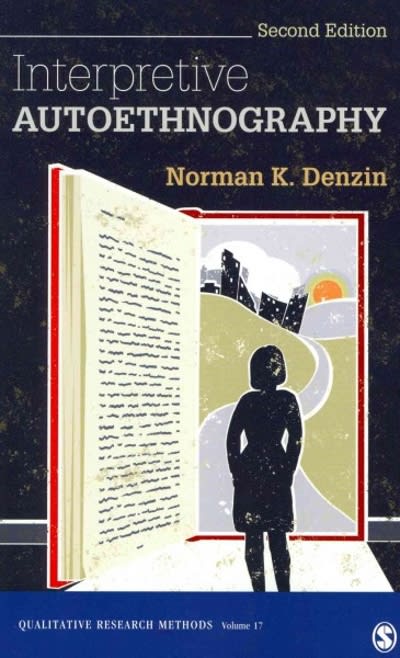Question
IDENTIFYING RELEVANT THEORIES AND MODELSCase Study: Jonathan Janice and Ronald, a couple, cometo a scheduled appointment with you. During the phone intake, they alluded to
IDENTIFYING RELEVANT THEORIES AND MODELSCase Study: Jonathan
Janice and Ronald, a couple, cometo a scheduled appointment with you. During the phone intake, they alluded to some problems with their sonbut weren't willing to elaborate. To your surprise, when they arrive, they have their son with them. Jonathan is 15. He is tall for his age, has long hair, and wears nail polish and earrings. Jonathan is also very angry.
Janice and Ronald explain that they have been married for 30 years. Jonathan, their youngest child, was a surprise baby; their older children, Manny and Wayne, are 27 and 29.
You ask Jonathan what the issue is, but he refuses to answer. Reluctantly, Janice says that Jonathan was "always different" growing upand that he had a hard time with toilet training. This statement elicits an explosion of anger from Jonathan. He then withdraws from the conversation again.
Ronald says that Jonathan has always had a hard time fitting in. Their small town is relatively conservative, he says, and there haven't been options for him to "express himself." Ronald explains that Jonathan would probably be "more normal" if he could just rebel a little and get it out of his system. When you ask what "it" is, Ronald shuts down. Janice is similarly inarticulate.
Finally, Jonathan says, "I can't take this anymore." He then explains that he has felt all his life like he was in the wrong body. As a child, he liked to play with dolls and dress-up rather than sports. He knows that Ronald is disappointed that Jonathan didn't follow in his footsteps to play football. Most of Jonathan's friends, both as a child and now, are girls. He feels deeply that he should be a girl and wants to transition, including medical and hormonal interventions. He has told his parents repeatedly that he needs help from them to manage this process, but they maintain that it's "just a phase" and "something's wrong with him." For example, he once told Janice that he should have been born a girl; Janice's response was to caution him not to talk about such things for fear of being made fun of.
Previously, Jonathan has been diagnosed with stress-related issuesand has struggled with both depression and anxiety. His parents believe that he will feel better once he "grows out of" the conflict between his physical body and his feelings. Jonathan believes he will feel better once he is in a body that feels like his.
Instructions
After reading Jonathan's case studyabove, address the following using 3-5 peer-reviewed articles written in the past 5 years:
- Describe three theories that you feel might be appropriate for addressing the client's sexual problem. Include a section on how neuroscience has facilitated our understanding of the client's problem.
- Evaluate how one of the theories conceptualizes human psychosexual development across the lifespan and how it is applicable to the client's stage of life.
- Describe how one of the theories would approach the treatment of the client's identified gender identity issues.
- Describe a systems perspective that provides an understanding of family and other systems theories and major models of family and related interventions as it pertains to human sexuality.
- Describe strategies to work affirmatively with the sexual and gender expansive aspects of the case study.
Step by Step Solution
There are 3 Steps involved in it
Step: 1

Get Instant Access to Expert-Tailored Solutions
See step-by-step solutions with expert insights and AI powered tools for academic success
Step: 2

Step: 3

Ace Your Homework with AI
Get the answers you need in no time with our AI-driven, step-by-step assistance
Get Started


